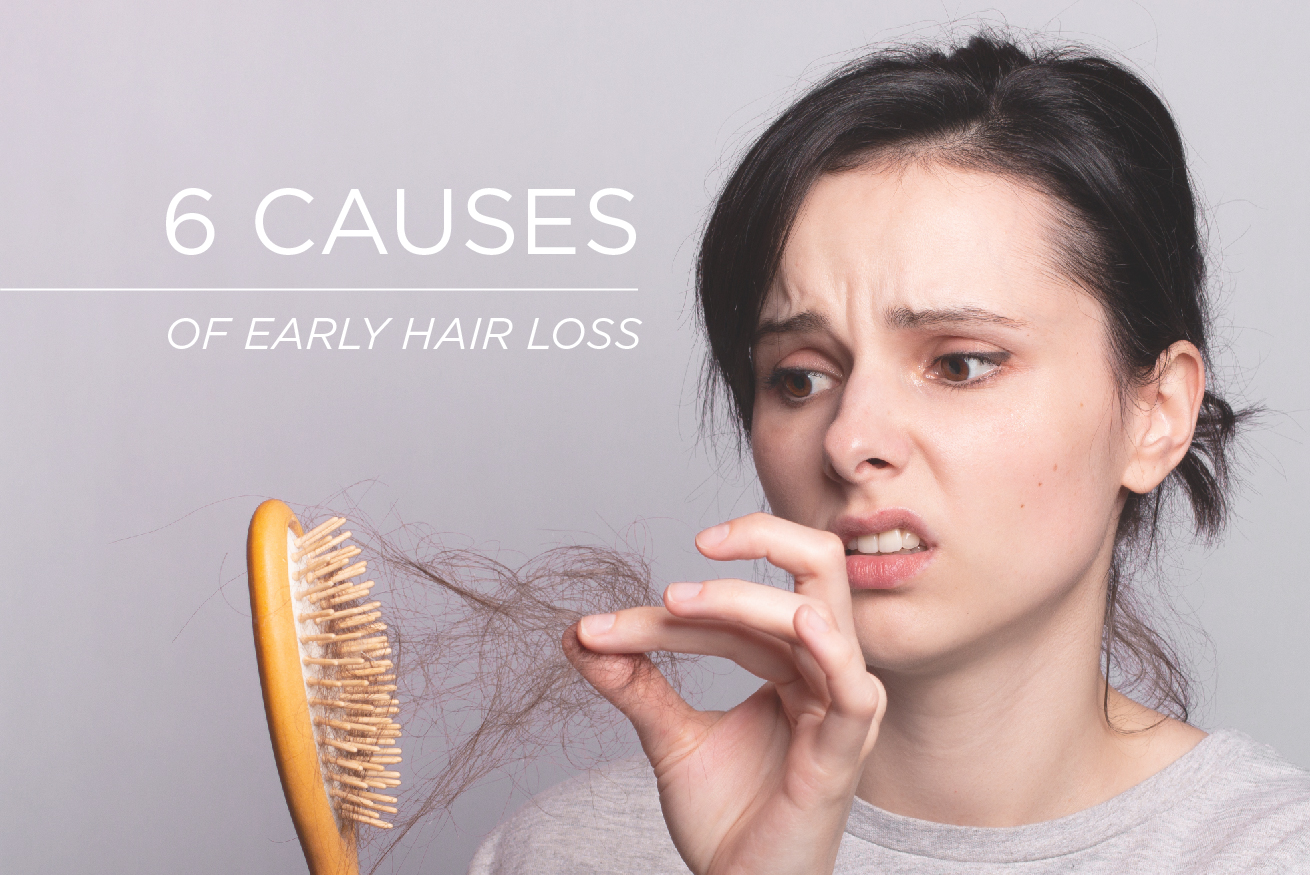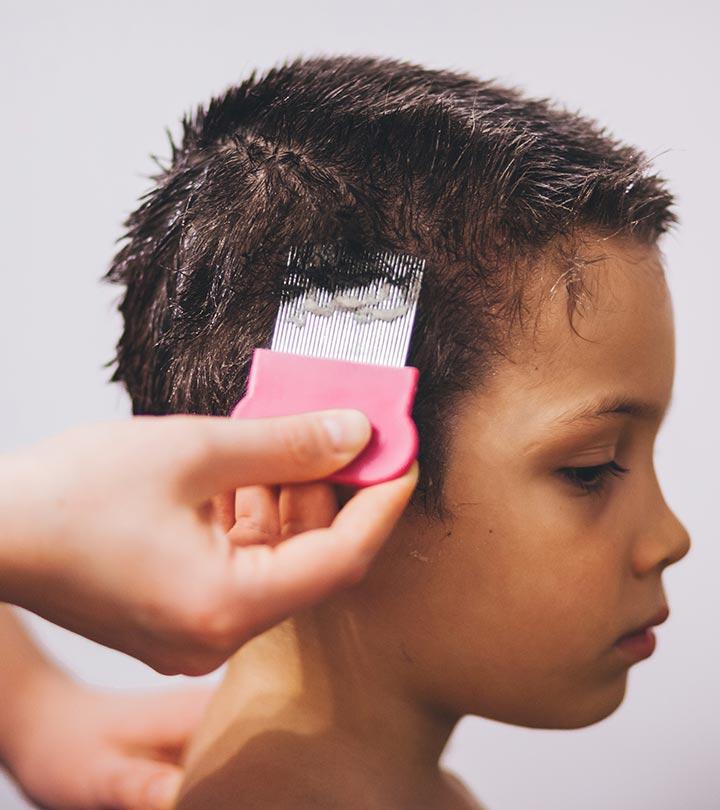Table Of Content

Hormone changes during menopause can also contribute to this type of baldness. Hair transplant surgery involves moving small plugs of skin, each with a few hairs, to bald parts of your scalp. If they suspect an autoimmune or skin condition, they might take a biopsy of the skin on your scalp.
When do dermatologists recommend treatment for hair loss?
These are some the many reasons we see our hair fall out. Most hair loss in men is caused by androgenetic alopecia or male pattern hair loss. This type is genetic—passed from parent to child—and progresses gradually. It typically affects the hairline, temples, or top of the head. Linked to the activity of the androgen receptor (AR) gene, up to 50% of male adults experience some form of this by age 50.
Find more top doctors on
However, it is common, and in most cases, it is also temporary. While immediate results might take time, consistent effort with these tips can significantly improve hair health and reduce falls. Addressing underlying causes, adopting gentle hair care practices, and nourishing your body from within will put your hair back on the path to strength and shine.
Effective hair loss treatments for women
If you often wear your hair tightly pulled back, the continual pulling can lead to permanent hair loss. Free to everyone, these materials teach young people about common skin conditions, which can prevent misunderstanding and bullying. Both the CDC and the FDA warn against treating this common childhood condition on your own with non-prescription treatments. Your shorter hairs — like eyelashes, arm and leg hair, and eyebrows —have a short anagen phase (about one month).
Early treatment of a receding hairline (frontal fibrosing alopecia) might help avoid significant permanent baldness. The cause of this condition is unknown, but it primarily affects older women. In the type of patchy hair loss known as alopecia areata, hair loss occurs suddenly and usually starts with one or more circular bald patches that may overlap. If your hair is falling out more than normal, it's important to determine the cause; in some cases, you may need a blood test or other tests.
About Mayo Clinic
Also, because hair follicles shrink during this time, your hair might be thinner, fall out easier, and grow more slowly. Women with hair loss due to alopecia areata may consider treatment with corticosteroids applied to the scalp or injected into multiple sites in the affected area. People with alopecia areata may also benefit from immunosuppressive medications like methotrexate. Stress causes a large number of hairs in the active hair growth (anagen) phase to abruptly enter the resting (telogen) phase. When the hairs reenter the growth phase, the hairs that had been suspended in the resting phase are suddenly released.
In men, hair loss is often caused by reactions to the predominant male reproductive hormone, testosterone. Many factors affect these levels, with other diseases or conditions leading to different types of hair loss. And any medical conditions that lead to hair loss should be treated directly to address the condition, not just its symptoms. Androgenic alopecia causes the normal hair growth cycle to shorten.
They found that in the absence of circulating corticosterone, the stem cells underwent many more rounds of regeneration during the animals’ lifetime. By contrast, high levels of the hormone, as a result of chronic stress, kept them inactive for longer and led to fewer rounds of regeneration. They showed that a stress hormone called corticosterone — which is the mouse equivalent of cortisol in humans — keeps the follicle stem cells inactive. Looking at your scalp lets your doctor check for any infections or swelling and see where your hair’s falling out. It usually happens when you're in your late 50s or 60s. But you may start to notice it as early as your late teens -- and the earlier it starts, the more serious it tends to be.

As with medical conditions, physical changes that stress the body, especially if they cause hormonal changes, can lead to excessive hair shedding. This usually happens a few months after the stressor occurs and stops when the body's hormone levels have readjusted. When this occurs, as much as 70% of scalp hair can fall out, often in handfuls, around two months after the trigger.
This involves carefully removing several small sections of skin for laboratory testing. Yes, hair tends to regrow when you are no longer exposed to the poison. A scalp infection can lead to scaly and sometimes inflamed areas on your scalp.
Hair fall can be caused due to environmental pollutants or poor hair care routine. In some cases, it could be due to an underlying health problem. Whatever is the cause of the hair fall, knowing about it is important for getting the right treatment. Although telogen effluvium doesn’t typically lead to baldness, it may lead to hair appearing thin, especially around the temples and crown of the head. Did you know that we all shed around 100 strands of hair per day, which is totally okay? Compared to the average total number of hair strands on one’s head, this is just a very small fraction.
Infections, distressing events, high fever, and mental health issues can contribute to stress-related hair loss in men and women. Rapid weight loss due to bariatric surgery or disease can also cause this often reversible condition. This is a procedure in which your doctor removes hair from a part of your scalp where hair growth is full and implants it into an area where hair is thinning.
Hair Loss Woes Common Reasons Why Men Under 25 Experience Baldness And How To Stop It - Onlymyhealth
Hair Loss Woes Common Reasons Why Men Under 25 Experience Baldness And How To Stop It.
Posted: Sat, 09 Mar 2024 08:00:00 GMT [source]
The type and severity of hair loss you experience may determine the outcome (prognosis). Some types of hair loss are permanent, especially if you have damage to your hair follicles. For example, anagen and telogen shedding may stop with time. Managing any underlying health conditions improves hair loss. And early treatment of alopecia may reduce the speed of thinning and promote regrowth.
It is worth noting that this method is unlikely to benefit or help people with scarring alopecias. They may also order blood tests to check for any nutrient deficiencies or signs of an underlying condition. These patches, sometimes called a kerion, can cause scarring as well. A scalp infeciton can lead to scaly and sometimes inflamed areas on your scalp. You can search by location, condition, and procedure to find the dermatologist that’s right for you. Minoxidil may irritate your scalp and cause dryness, scaling, itching and/or redness.
Hair loss can sometimes be a sign of an underlying disease. If your hair loss results from medication, hormonal imbalances, thyroid disease or diet, your provider will address the cause. Correcting the underlying problem is often all that’s needed to help stop hair loss. Stopping hair loss indefinitely depends upon the underlying cause. As a general rule, the sooner you treat hair loss, the more likely you will be able to reverse or reduce the rate of hair loss. Hair loss can also be a side effect of some medications, especially chemotherapy medications to treat cancers.

No comments:
Post a Comment